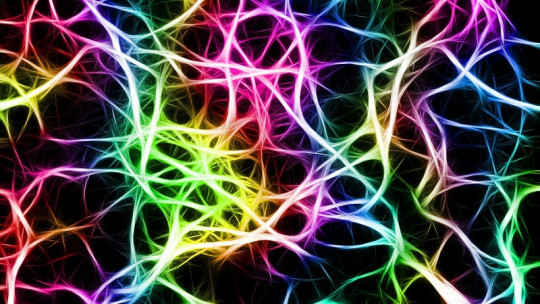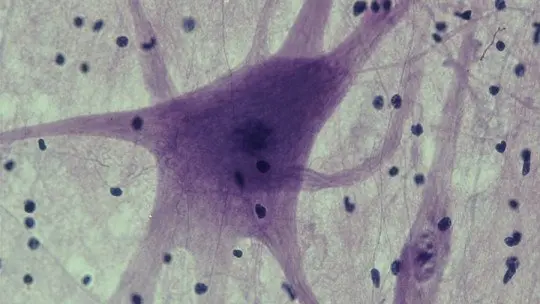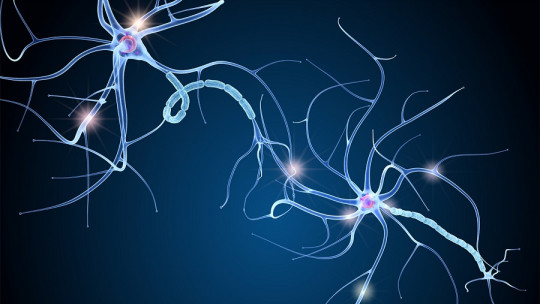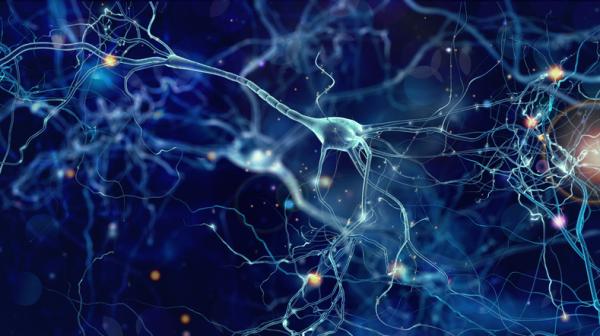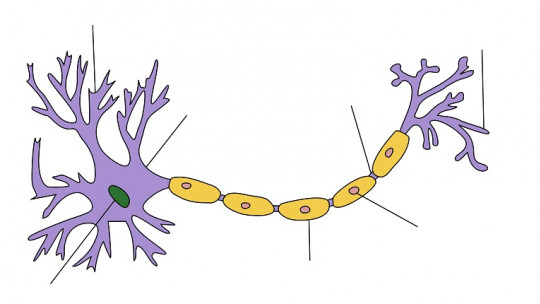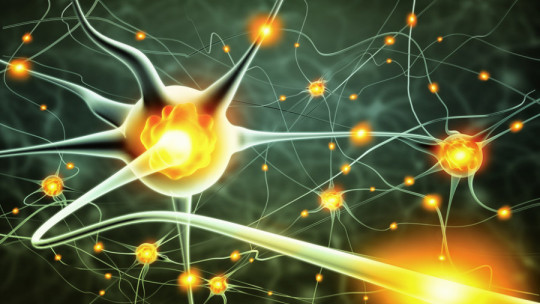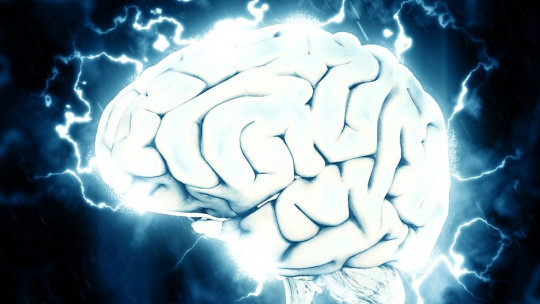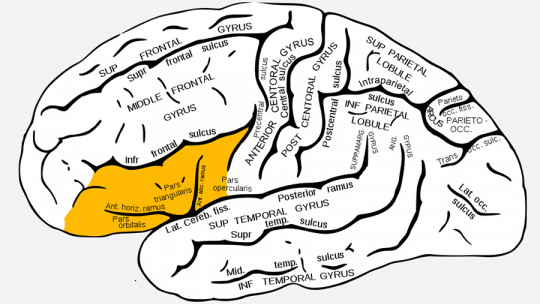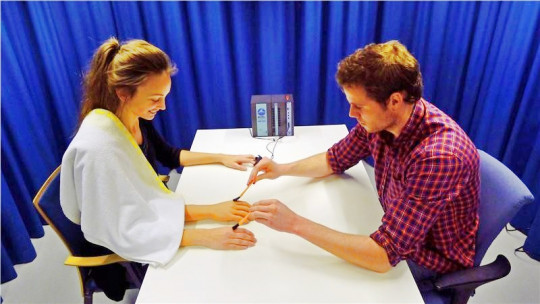Can we contribute, through the stimulation of mirror neurons, to functional recovery in patients who present hemiparesis as a result of a stroke?
Mirror neurons and their usefulness in neurological rehabilitation
About a month ago it was published in Psychology and Mind an article related to mirror neurons in which we talked, mainly, about their discovery and their importance in culture and social phenomena. This article aims to show, broadly speaking, the importance of these mirror neurons in the process of functional rehabilitation of the upper extremities in patients affected by Ictus
What processes are mirror neurons involved in?
In 1996, Giacomo Rizzolati discovered, through serendipity, that these mirror neurons were activated when performing an action and seeing another person performing that same action n, therefore, it can be concluded that they are essential for the learning and the imitation while playing an important role in the social skills such as the empathy since thanks to them we can intuit what the other person thinks, is going to do or feels (Rizzolatti and Craighero, 2004).
Can its stimulation contribute to the rehabilitation of patients affected by stroke?
As mentioned, they are neurons that They are involved in mechanisms that combine execution-observation Therefore, based on these findings, it has been proven that its stimulation influences the rehabilitation process, thus, various functional neuro-rehabilitation programs such as, for example, in cases in which the patient presents motor deficits in the upper extremities as a result of a Cerebrovascular Accident (CVA) or Stroke.
An example of this is given to us through Rehabilitation Gamming System (RGS) (http://rgs-project.eu), an innovative project of Virtual reality (RV) carried out by the research team of the SPECS laboratory, the Pompeu Fabra University (UPF), the Hospital del Mar, the Valle Hebron Hospital and three other entities in collaboration with the TicSalut Foundation.
This project is based on the principle of brain plasticity and how functional reorganization can be achieved in the areas affected by the stroke through the stimulation of secondary motor areas (Cameirao, Bermúdez, Duarte and Verschure, 2011). These areas integrate the mirror neuron system (MNS), involved in motor execution and planning processes through the observation of said action.
RGS is an application that, through the use of VR through dynamic games, promotes the patient’s functional recovery. Thus, it allows the patient to advance in the process of upper extremity rehabilitation through stimulation of the visual-motor pathway provided by the MNS. The material resources necessary to carry out this therapy using RGS are, mainly, a computer with a Kinect sensor and RGS Software, as well as different interface devices (gloves, exoskeletons, etc.) can be added. Through the image provided by the screen you can see a representation of virtual arms, shown in first-person perspective, which simulate the movement of real arms in real time and in a simulated environment, in this way, the patient activates the injured motor neuronal circuits, which usually remain inactive due to the lack of movement of the paretic arm, thus, neuroplasticity of the affected area is induced. As for the various games that the program includes, they are mainly based on capturing objects, hitting them, dodging them, etc.
In addition, Each game is adapted in terms of complexity and speed of the stimuli to the performance in each of the arms and characteristics of the patient The really interesting thing about this adaptation system is that it is dynamically modulated through two different strategies. On the one hand, it adjusts the difficulty of the exercise, and on the other, it amplifies the movement of the patient’s affected arm in VR, showing faster, wider and more precise reaching movements. In this way, it is possible to motivate the patient to use their affected arm more frequently.
Another interesting aspect of the RGS system is that allows you to capture descriptive parameters of the user’s progress to be able to be analyzed and presented automatically, thus allowing clinical staff to supervise the patient’s recovery process.
RGS has already been evaluated in several clinical studies that have demonstrated its effectiveness in rehabilitation processes These studies were carried out to verify the effectiveness of therapy using RGS combined with Occupational Therapy (OT) in comparison with a control group that only received OT. The results showed that the group of patients with whom RGS combined with OT was carried out obtained better results than the control group (Cameirao et al., 2011).
Finally, it can be concluded that RGS is a VR therapy based on neuronal plasticity through the stimulation of the MNS in which, in a playful and enjoyable way, it can contribute to improving the recovery of upper extremity mobility in patients affected by stroke.

